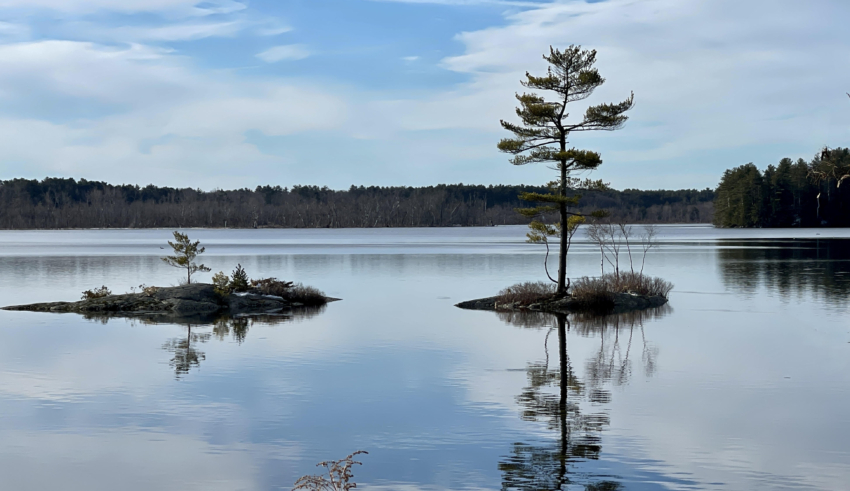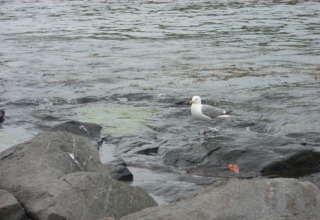
We can consider the diverse challenges that Sally chooses to address in her mentoring as a manifestation of what generativity theorists identify as the rich interplay between caring and creativity. While creativity (as we mentioned earlier in this essay) often is identified with creating a new idea or product, it can also (in alignment with caring and generativity) be identified with the passing on of an existing idea or product. We create by expanding the space in which the idea is shared, or the product is used: “creativity [in its isolated form] ends once the [idea or] product is made, but generativity implies caring for the [idea or] product as it grows and develops.” (Kotre, 1984, p. 11)
Mentoring Inside and Outside an Organization
As the reader might note, these first three narratives offered by Sally do not take place within a specific organization; rather, they concern work with younger people who reside in the same community but not the same organization. While many of the generativity researchers focus on mentoring inside organizations, we find examples of work being done outside a specific organization as well. As a generative woman in mid-life, Sally was eager to take on many new challenges both inside and outside organizations: “Having formed a sense of identity and developed relationships, the middle-aged adult at the generative stage is thought to be ready to become involved in the larger sphere of society and to work to continue it and perhaps improve it for the next generation.” (Snyder and Clary, 2004, p. 223)
In many ways, the mentoring done by Sally is this expansion into the larger sphere of society–a blending of Generativity Two and Generativity Four (civic engagement). It also may represent a blending of Generativity One (parenting) and Generativity Two. As McAdams and his associates (McAdams, Hart and Maruna, 1998, p.13) have noted: “Forms of generativity that go beyond one’s kin may represent expansions or generalizations of the instinctive patterns associated with reproduction and care of offspring, and they may also tap more generally into other, related evolutionary tasks and mandates.”
In expanding her sphere of influence (and caring) in her community, Sally also provides mentoring inside organizations.
“I became involved about a decade ago when my husband and I moved here with an organization serving at-risk girls. I played a role in mentoring the young executive director (who is still the ED) to become skilled in meeting the various challenges of the organization. Given my professional background, she first tapped me to head the organization’s marketing committee. Then, after I became board president, we obtained critical help from a six-month leadership seminar that the umbrella nonprofit organization sponsored for non-profit ED’s and Board Presidents; this was the beginning of my really helping our ED to develop the leadership skills that she needed, and she helped me understand how to work with ED’s in the nonprofit world.”
We see generativity also exemplified in the willingness (even eagerness) of Sally to expand her mentoring experience — in this instance by working with a different kind of non-profit organization:
“The non-profit arts organization [I serve] has been an entirely different experience. This organization had been in operation for a number of years, but it wasn’t until we hired a new ED that it really took off in terms of the quality of performances and audience growth. I have been board president for three years now and have had the continuing challenge of encouraging and helping this extraordinarily creative and productive executive director understand that she needs to learn how to listen to her board members and benefit from their counsel. This trying experience has been like taking a brilliant diamond in the rough and trying to polish it.”
What a wonderful enterprise—polishing a diamond!
Download Article













